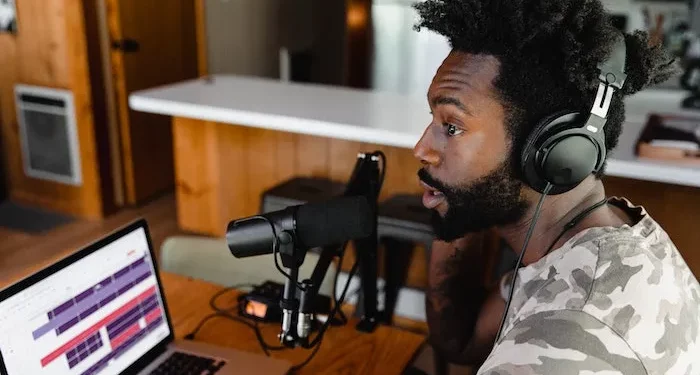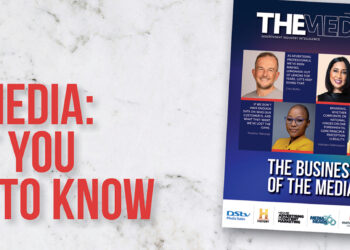My daughter has just segued into her second year of being a teenager. Sometimes, I think I should be making notes to write a book or TV series.
Her story is continuous and is currently playing out in a new phase of her life. It’s like she’s moved on to season 3 or 4 of a multi-season series that has a few new characters, plots, plot twists, a nuance of language, and new learnings and adventures. As her direct family (and supply of money), we have a ‘production booth view’ of how every day plays out.
The early years of being a teenager are often characterised by a range of emotions. The sullen face and lacklustre attitude offset by uncontrollable laughter, high energy, and an in-the-moment attitude that is hard to replicate when one is older. Friends are blocked and unblocked. There is over-communication and no communication. Outfits are arbitrary or fashionable, and drama is a standard add-on to situations.
D.R.A.M.A. is loosely defined as an exciting, emotional, or unexpected event or circumstance (read OMG!!!). It’s fair to say my house is drama-fuelled at times!
In many ways, my daughter’s journey reminds me of the work we do at MediaHeads 360 on television series and radio dramas. The use of narrative storytelling unlocks insight into human experiences and how people navigate their ups and downs, triumphs, and challenges in their everyday lives. It is in this experience, and living it with them, that we develop a story and connection. Empathy and loathing. Fear and frustration. Pride and joy and even utter disbelief. As a storyline unfolds, we invest in different characters depending on our stance, need, and social framework.
Narrative storytelling
It is for this exact reason that radio dramas are an effective method of education, peace-building, and conveying information. The nature of narrative storytelling allows us to convey messages in a more honest and impactful way than just sharing facts. When my daughter sets off on a share-all talk with me, she often says, “you know my friend Ruth, the one who…”
When she does that, she’s creating context, she’s putting me in the picture so that the next part of her story makes sense. Radio dramas are created with context in mind, and they are an immersive experience. The scene is quickly set, it puts you in a place using voice and sound effects (if necessary), and it transports you into the heart of the action without any physical obstacles. Radio dramas include the audience as active and passive participants in the story being told, depending on what is being conveyed, and the listener is always part of the dialogue.
Radio dramas aren’t about Instagrammable moments! Radio dramas are about audio imagery, imagination, and engagement. Connecting with the audience in an authentic way remains essential in the success of the audio drama, and well-versed writers lead that process.
In multi-linguistic and culturally diverse environments, it is possible to translate and interpret the essence of a story so that it makes sense to the audience and their situation. Radio dramas are easily adapted to cater to a variety of language and cultural needs without having to write an entirely new narrative. This allows for a standard message to be conveyed to diverse groups of people in a common environment or space. With a team of language experts, the meaning and impact are not lost. In fact, it is crafted to suit the complexities of language and cultural interpretation of the audience.
Language key to connecting
Language familiarity is key when you want to connect with an audience. When the audience recognises the language as their own and the usage is familiar, it creates a sense of trust and belonging. This, in turn, creates a quicker sense of buy-in and connection to the content. When used appropriately, languages also reference cultural nuance and traditions. This then, this creates a stronger sense of community with the desired audience, and there is comfort and familiarity for the listener.
As much as we often joke with our daughter when she speaks to us (English being our home language) about her use of language when she calls and sends WhatsApp messages and voice notes, the reality is her circle of friends has a language nuance unique to them. It’s when we tap into the nuance that it becomes a powerful communication tool.
Since we last wrote Why the Drama in April 2019, our team has produced several audio dramas in a multiple of languages. We’ve experimented with the number of voices, the length of each episode, the number of episodes, and where the audio is made available or broadcasted. Our team of voice actors has grown, and our storytelling has become more refined as we experiment with brands and formats.
In a sense, our storytelling teenager has come of age, and we’d love to help you create your next exciting, emotional, or unexpected audio story or moment.

Gary Basson is social media designer at Mediaheads 360.














